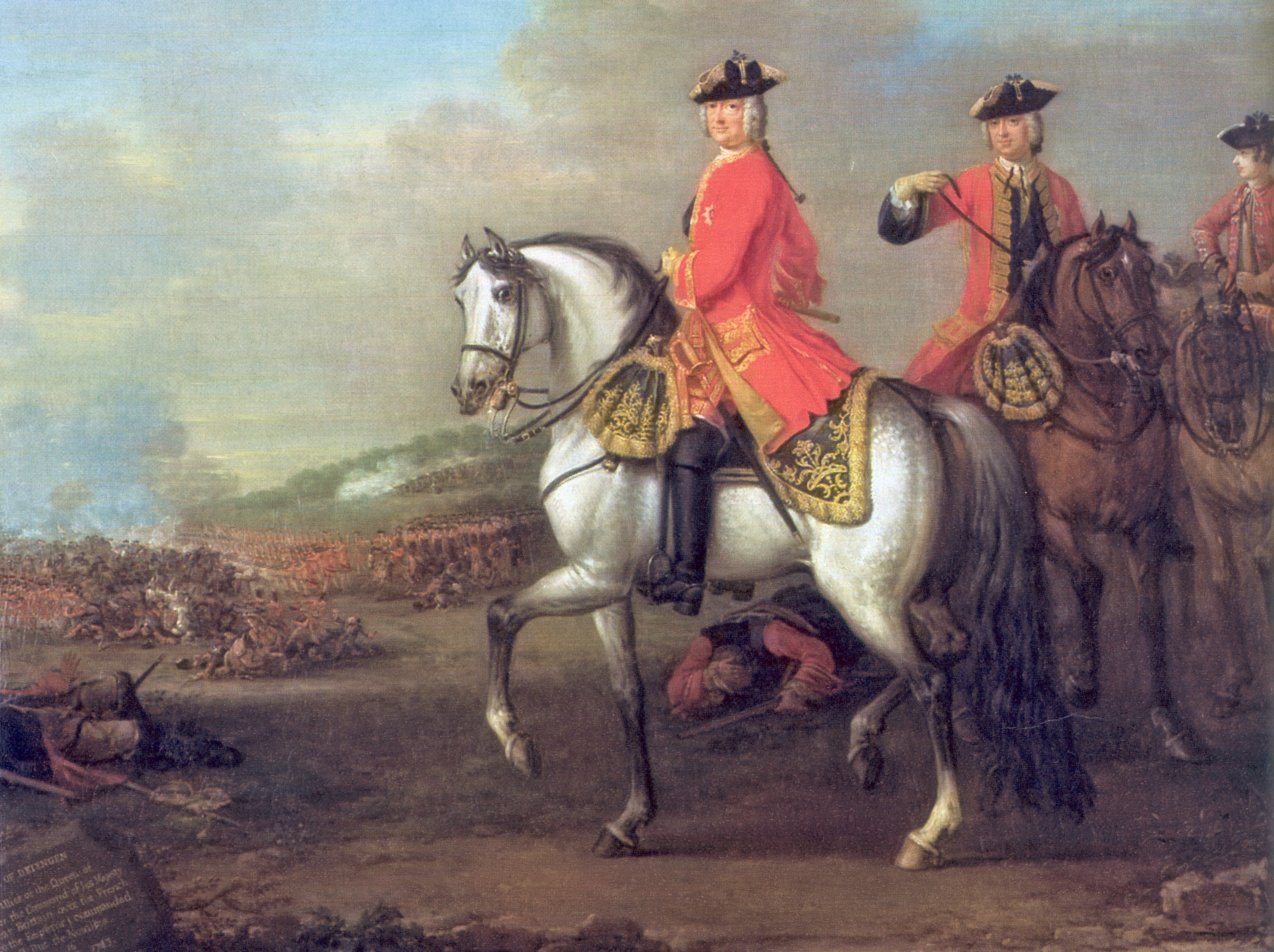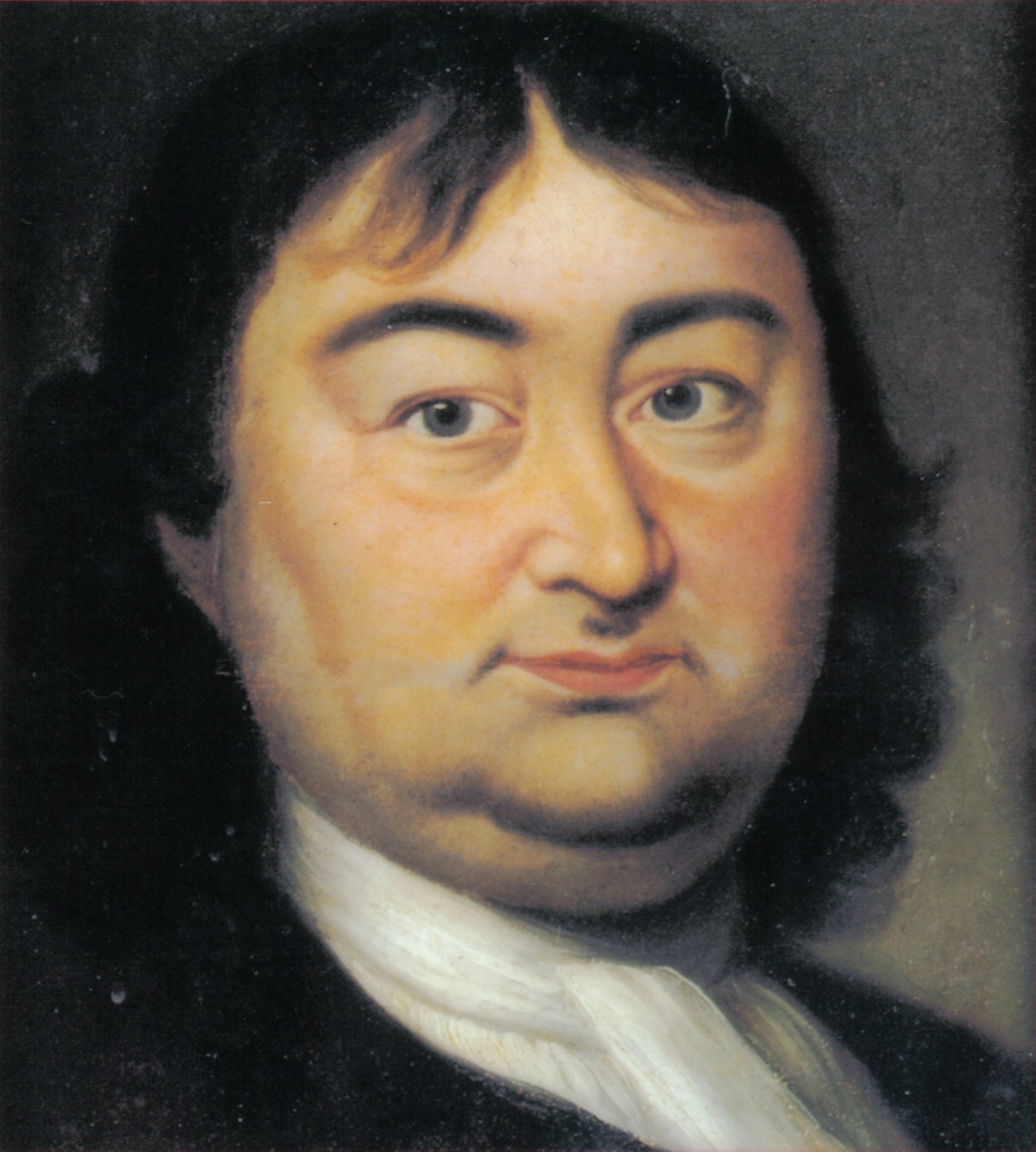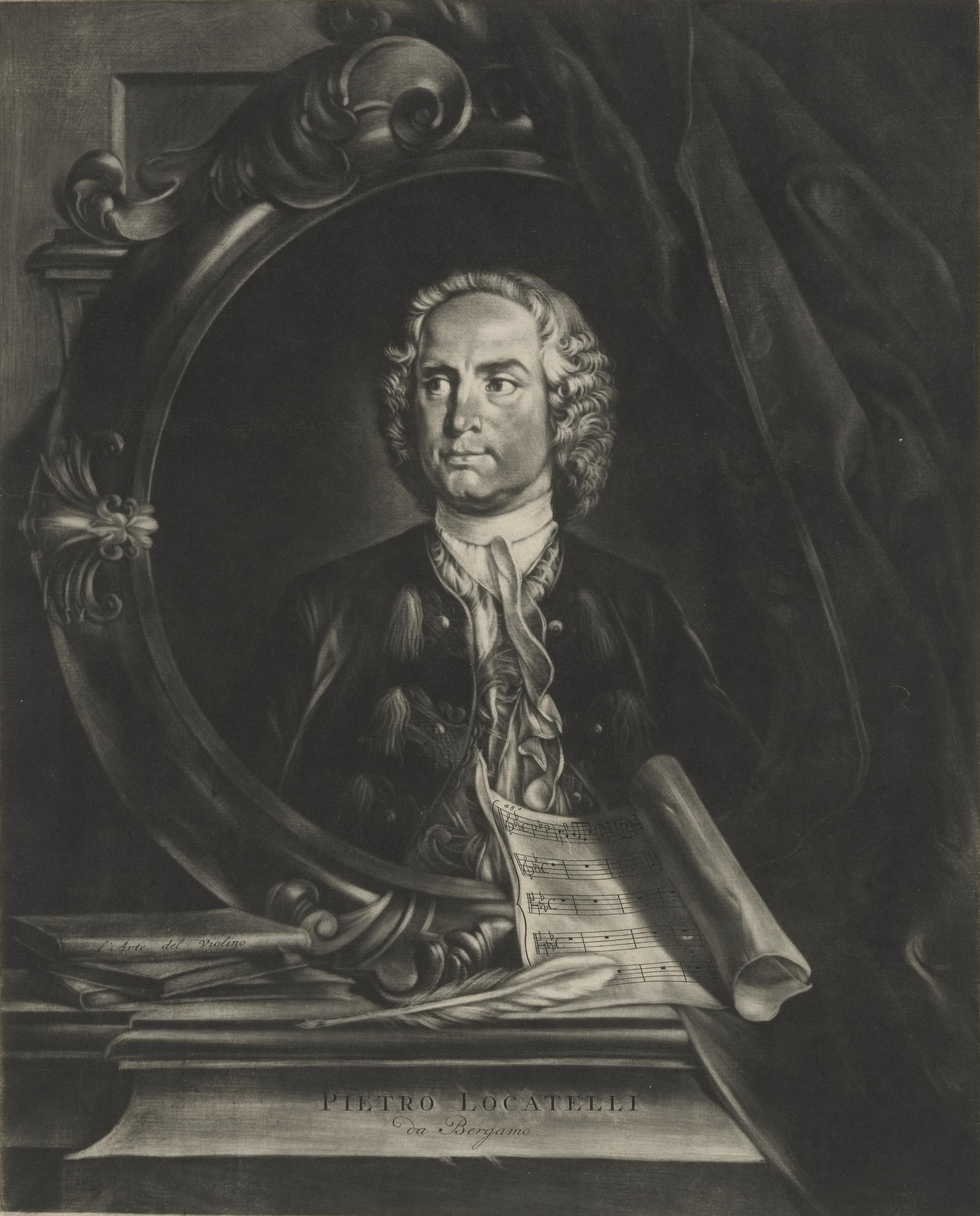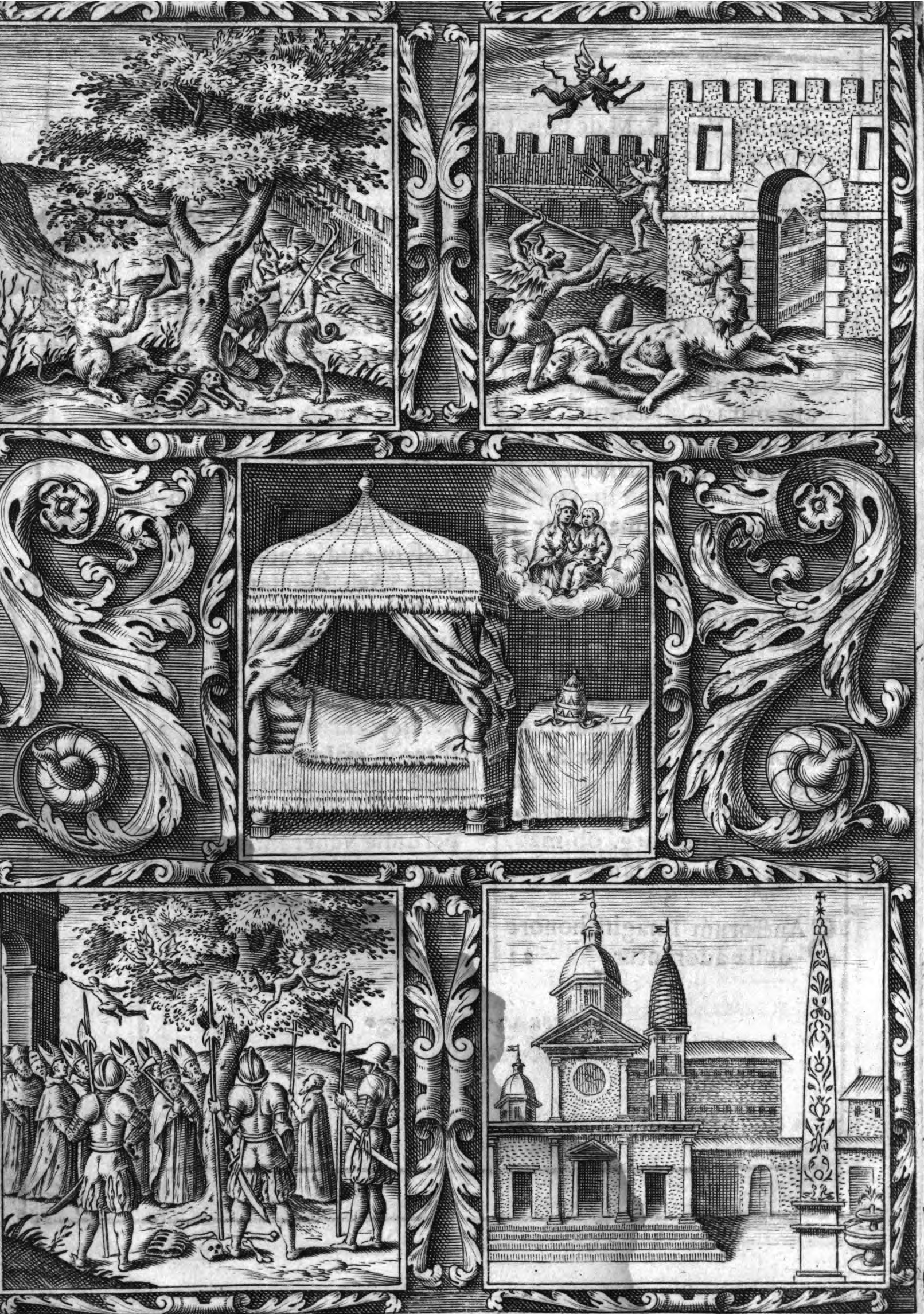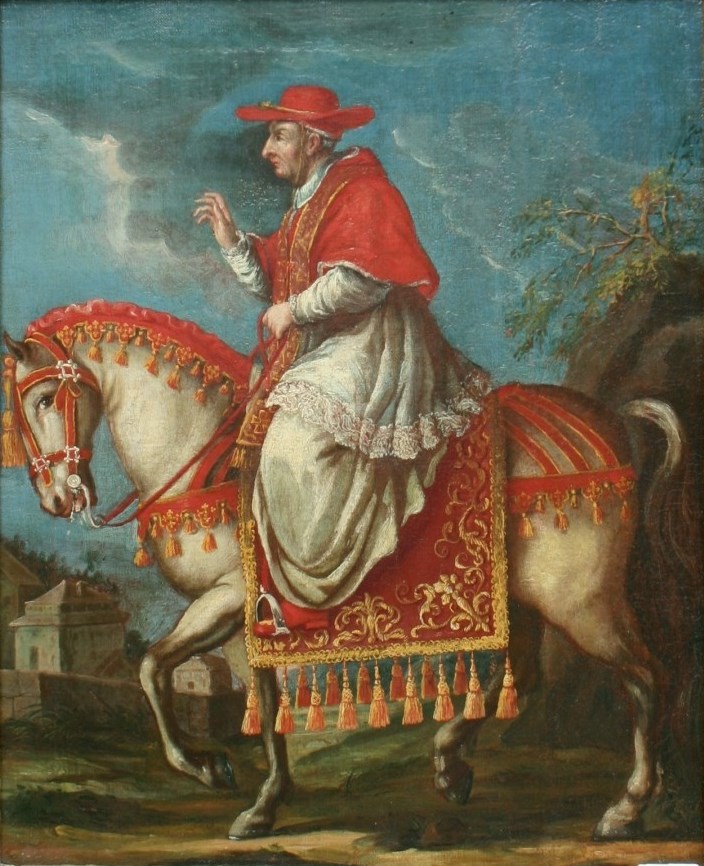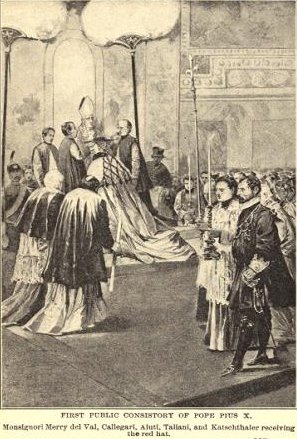|
Camillo Cybo
Camillo Cybo Malaspina (April 25, 1681 in Massa Carrara – January 12, 1743 in Rome) was an Italian cardinal of the Catholic Church. Early life Born into the aristocratic Cybo Malaspina family, he was the son of Carlo II Cybo, duke of Massa, who was a descendant of Pope Innocent VIII and Teresa Pamfili. Cybo was great grand nephew of Pope Innocent X, and nephew of Cardinal Benedetto Pamphili. Ecclesiastical career * 1705 — Ordained as Priest * 1718 — Appointed as Titular Patriarch of Constantinople. He was ordained Bishop that same year, and named Auditor general of the Apostolic Chamber. * 1729 — Elevated to Cardinal Santo Stefano al Monte Celio in the Consistory of March 23, under Benedict XIII. * 1731 — Appointed Cardinal-Priest of Santa Maria del Popolo * 1741 — Appointed Protector of Santa Maria degli Angeli Patronage of the arts As many important figures of the time, Cybo was a patron of the arts. One of his proteges was Pietro Locatelli Pietro Antonio Lo ... [...More Info...] [...Related Items...] OR: [Wikipedia] [Google] [Baidu] |
Camillo Cybo 1729
Camillo is an Italian masculine given name, descended from Latin Camillus. Its Slavic cognate is Kamil. People with the name include: *Camillo Agrippa, Italian Renaissance fencer, architect, engineer and mathematician *Camillo Almici (1714–1779), Italian priest, theologian and literary critic *Camillo Astalli (1616–1663), Italian cardinal *Camillo Benso, conte di Cavour (1810–1861), a leading figure in the movement toward Italian unification, founder of the original Italian Liberal Party and Prime Minister of the Kingdom of Piedmont-Sardinia *Camillo Berlinghieri (1590 or 1605–1635), Italian painter *Camillo Berneri (1897–1937), Italian professor of philosophy, anarchist militant, propagandist and theorist *Camillo Boccaccino (c. 1504–1546), Italian painter *Camillo Boito (1836–1914), Italian architect, engineer, art critic, art historian and novelist *Camillo Borghese (1550–1621), Pope Paul V, the Pope who persecuted Galileo Galilei *Camillo Borghese, 6th Prince ... [...More Info...] [...Related Items...] OR: [Wikipedia] [Google] [Baidu] |
Santo Stefano Al Monte Celio
The Basilica of St. Stephen in the Round on the Celian Hill ( it, Basilica di Santo Stefano al Monte Celio, la, Basilica S. Stephani in Caelio Monte) is an ancient basilica and titular church in Rome, Italy. Commonly named Santo Stefano Rotondo, the church is Hungary's "national church" in Rome, dedicated to both Saint Stephen, the first Christian martyr, and Stephen I, the sanctified first king of Hungary who converted to Christianity and promoted it in his kingdom. The minor basilica is also the rectory church of the Pontifical Collegium Germanicum et Hungaricum. Since 1985, the cardinal priest who holds the title of S. Stephano has been Friedrich Wetter. History The earliest church was consecrated by Pope Simplicius between 468 and 483. It was dedicated to the protomartyr Saint Stephen, whose body had been discovered a few decades before in the Holy Land, and brought to Rome. The church was the first in Rome to have a circular plan. Its architecture is unique in the Lat ... [...More Info...] [...Related Items...] OR: [Wikipedia] [Google] [Baidu] |
18th-century Italian Cardinals
The 18th century lasted from January 1, 1701 ( MDCCI) to December 31, 1800 ( MDCCC). During the 18th century, elements of Enlightenment thinking culminated in the American, French, and Haitian Revolutions. During the century, slave trading and human trafficking expanded across the shores of the Atlantic, while declining in Russia, China, and Korea. Revolutions began to challenge the legitimacy of monarchical and aristocratic power structures, including the structures and beliefs that supported slavery. The Industrial Revolution began during mid-century, leading to radical changes in human society and the environment. Western historians have occasionally defined the 18th century otherwise for the purposes of their work. For example, the "short" 18th century may be defined as 1715–1789, denoting the period of time between the death of Louis XIV of France and the start of the French Revolution, with an emphasis on directly interconnected events. To historians who expand ... [...More Info...] [...Related Items...] OR: [Wikipedia] [Google] [Baidu] |
1743 Deaths
Events January–March * January 1 – The Verendrye brothers, probably Louis-Joseph and François de La Vérendrye, become the first white people to see the Rocky Mountains from the eastern side (the Spanish conquistadors had seen the Rockies from the west side). * January 8 – King Augustus III of Poland, acting in his capacity as Elector of Saxony, signs an agreement with Austria, pledging help in war in return for part of Silesia to be conveyed to Saxony. * January 12 ** The Verendryes, and two members of the Mandan Indian tribe, reach the foot of the mountains, near the site of what is now Helena, Montana. ** An earthquake strikes the Philippines * January 16 –Cardinal André-Hercule de Fleury turns his effects over to King Louis XV of France, 13 days before his death on January 29. * January 23 –With mediation by France, Sweden and Russia begin peace negotiations at Åbo to end the Russo-Swedish War. By August 17, Sweden cedes all ... [...More Info...] [...Related Items...] OR: [Wikipedia] [Google] [Baidu] |
1681 Births
Events January–March * January 1 – Prince Muhammad Akbar, son of the Mughal Emperor Aurangzeb, initiates a civil war in India. With the support of troops from the Rajput states, Akbar declares himself the new Mughal Emperor and prepares to fight his father, but is ultimately defeated. * January 3 – The Treaty of Bakhchisarai is signed, between the Ottoman vassal Crimean Khanate and the Russian Empire. * January 18 – The "Exclusion Bill Parliament", summoned by King Charles II of England in October, is dissolved after three months, with directions that new elections be held, and that a new parliament be convened in March in Oxford. * February 2 – In India, the Mughal Empire city of Burhanpur (now in the Indian state of Madhya Pradesh) is sacked and looted by troops of the Maratha Empire on orders of the Maratha emperor, the Chhatrapati Sambhaji. General Hambirrao Mohite began the pillaging three days earlier. * March 4 – King Char ... [...More Info...] [...Related Items...] OR: [Wikipedia] [Google] [Baidu] |
Pietro Locatelli
Pietro Antonio Locatelli (3 September 1695 in Bergamo – 30 March 1764 in Amsterdam) was an Italian Baroque composer and violinist. Biography Bergamo Little is known about Locatelli's childhood. In his early youth he was the third violinist and held the title of '' virtuoso'' in the ''cappella musicale'' (musical establishment) of the church of Santa Maria Maggiore in Bergamo. His first violin teachers were probably Ludovico Ferronati and Carlo Antonio Marino, both of whom were members of the ''cappella''. The ''maestro di cappella'', Francesco Ballarotti, may have taught him composition. In autumn 1711 Locatelli went to Rome to seek greater recognition. Rome Locatelli began studying in Rome in autumn 1711, probably under Antonio Montanari or Giuseppe Valentini and perhaps for a short time under Arcangelo Corelli, who died in January 1713. In a letter of 17 March 1714 Locatelli wrote to his father in Bergamo that he was a confirmed member of the ''compita accademia di v ... [...More Info...] [...Related Items...] OR: [Wikipedia] [Google] [Baidu] |
Santa Maria Degli Angeli E Dei Martiri
The Basilica of St. Mary of the Angels and of the Martyrs ( la, Beatissimae Virginis et omnium Angelorum et Martyrum, it, Santa Maria degli Angeli e dei Martiri) is a basilica and titular church in Rome, Italy, built inside the ruined ''frigidarium'' of the Roman Baths of Diocletian in the Piazza della Repubblica, Rome, Piazza della Repubblica. It was constructed in the 16th century following an original design by Michelangelo Buonarroti. Other architects and artists added to the church over the following centuries. During the Kingdom of Italy, the church was used for religious state functions. Description The basilica is dedicated to the Christian martyrs, known and unknown. By a brief dated 27 July 1561, Pius IV ordered the church "built", to be dedicated to the ''Beatissimae Virgini et omnium Angelorum et Martyrum'' ("the Most Blessed Virgin of all the Angels and Martyrs"). Impetus for this dedication had been generated by the account of a purported vision of experience ... [...More Info...] [...Related Items...] OR: [Wikipedia] [Google] [Baidu] |
Santa Maria Del Popolo
it, Basilica Parrocchiale Santa Maria del Popolo , image = 20140803 Basilica of Santa Maria del Popolo Rome 0191.jpg , caption = The church from Piazza del Popolo , coordinates = , image_size = 270 , mapframe-frame-width = 270 , mapframe = yes , mapframe-caption = Click on the map for a fullscreen view , mapframe-zoom = 13 , mapframe-marker = religious-christian , mapframe-wikidata = yes , location = Rome , country = Italy , denomination = Catholic , tradition = Latin Church , religious order = Order of Saint Augustine , website = , founded date = 1099 , founder = Pope Paschal II , dedication = Blessed Virgin Mary , consecrated date = 1477 , status = Basilica minor, parish church (1561), titular church (1587) , functional status ... [...More Info...] [...Related Items...] OR: [Wikipedia] [Google] [Baidu] |
Pope Benedict XIII
Pope Benedict XIII ( la, Benedictus XIII; it, Benedetto XIII; 2 February 1649 – 21 February 1730), born Pietro Francesco Orsini and later called Vincenzo Maria Orsini, was head of the Catholic Church and ruler of the Papal States from 29 May 1724 to his death in February 1730. A Dominican friar, Orsini focused on his religious responsibilities as bishop rather than on papal administration. Orsini's lack of political expertise led him to increasingly rely on an unscrupulous secretary (Cardinal Niccolò Coscia) whose financial abuses ruined the papal treasury, causing great damage to the Church in Rome. In the process towards sainthood, his cause for canonization opened in 1755, but it was closed shortly afterwards. It was reopened on 21 February 1931, but it was closed once again in 1940. It was opened once more on 17 January 2004, with the official process commencing in 2012 and concluding later in 2017. He now has the posthumous title of Servant of God. Early life He was ... [...More Info...] [...Related Items...] OR: [Wikipedia] [Google] [Baidu] |
Papal Consistory
In the Roman Catholic Church a consistory is a formal meeting of the College of Cardinals called by the pope. There are two kinds of consistories, extraordinary and ordinary. An "extraordinary" consistory is held to allow the pope to consult with the entire membership of the College of Cardinals. An "ordinary" consistory is ceremonial in nature and attended by cardinals resident in Rome. For example, the pope elevates new cardinals to the College at a consistory; Pope Francis has called consistories for ceremonies of canonization. A meeting of the College of Cardinals to elect a new pope is not a consistory, but a conclave. History The term ''consistory'' comes from the la, con-sistere; "stand together".''Papal Consistory'' by Kevin Knight (Catholic Encyclopedia, 2009) Early popes conferred with their Roman presbytery which included ... [...More Info...] [...Related Items...] OR: [Wikipedia] [Google] [Baidu] |
Apostolic Chamber
The Apostolic Camera ( la, Camera Apostolica), formerly known as the was an office in the Roman Curia. It was the central board of finance in the papal administrative system and at one time was of great importance in the government of the States of the Church and in the administration of justice, led by the Camerlengo of the Holy Roman Church, originally known as ''camerarius (''chamberlain). In 2022, Pope Francis' apostolic constitution ''Praedicate evangelium'' abolished the office as of 5 June. History The office of camerarius (chamberlain) was established by Pope Urban II. Since the middle of the 12th century the Papal chamberlain (') was a regular member of the Curia, entrusted with the financial management of the papal court. At that early period the income of the papal treasury came chiefly from many kinds of censuses, dues, and tributes paid in from the territory subject to the Pope, and from churches and monasteries immediately dependent on him. Cencius Camerarius (l ... [...More Info...] [...Related Items...] OR: [Wikipedia] [Google] [Baidu] |
Province Of Massa And Carrara
The province of Massa-Carrara ( it, provincia di Massa-Carrara) is a Provinces of Italy, province in the Tuscany region of central Italy. It is named after the provincial capital Massa, Tuscany, Massa, and Carrara, the other main town in the province. History The province of "Massa e Carrara" was born in 1859 from the separation of the Lunigiana and the Garfagnana from the Duchy of Modena. Originally it was composed of three ''circondari'': I° "Circondario of Massa and Carrara" (a group of seven districts divided in 14 municipalities), II° "Circondario" of Castelnuovo Garfagnana (four districts divided in 17 municipalities), III° "Circondario" of Pontremoli (three districts divided into six municipalities). Until the census of 1861, the province appears as part of ''Compartimento territorial Modena, Reggio and Massa'', but since the census of the population of 1871 it has been counted as part of Tuscany. Later, with the "Regio Decreto n. 1913 of September 2, 1923", the munic ... [...More Info...] [...Related Items...] OR: [Wikipedia] [Google] [Baidu] |

